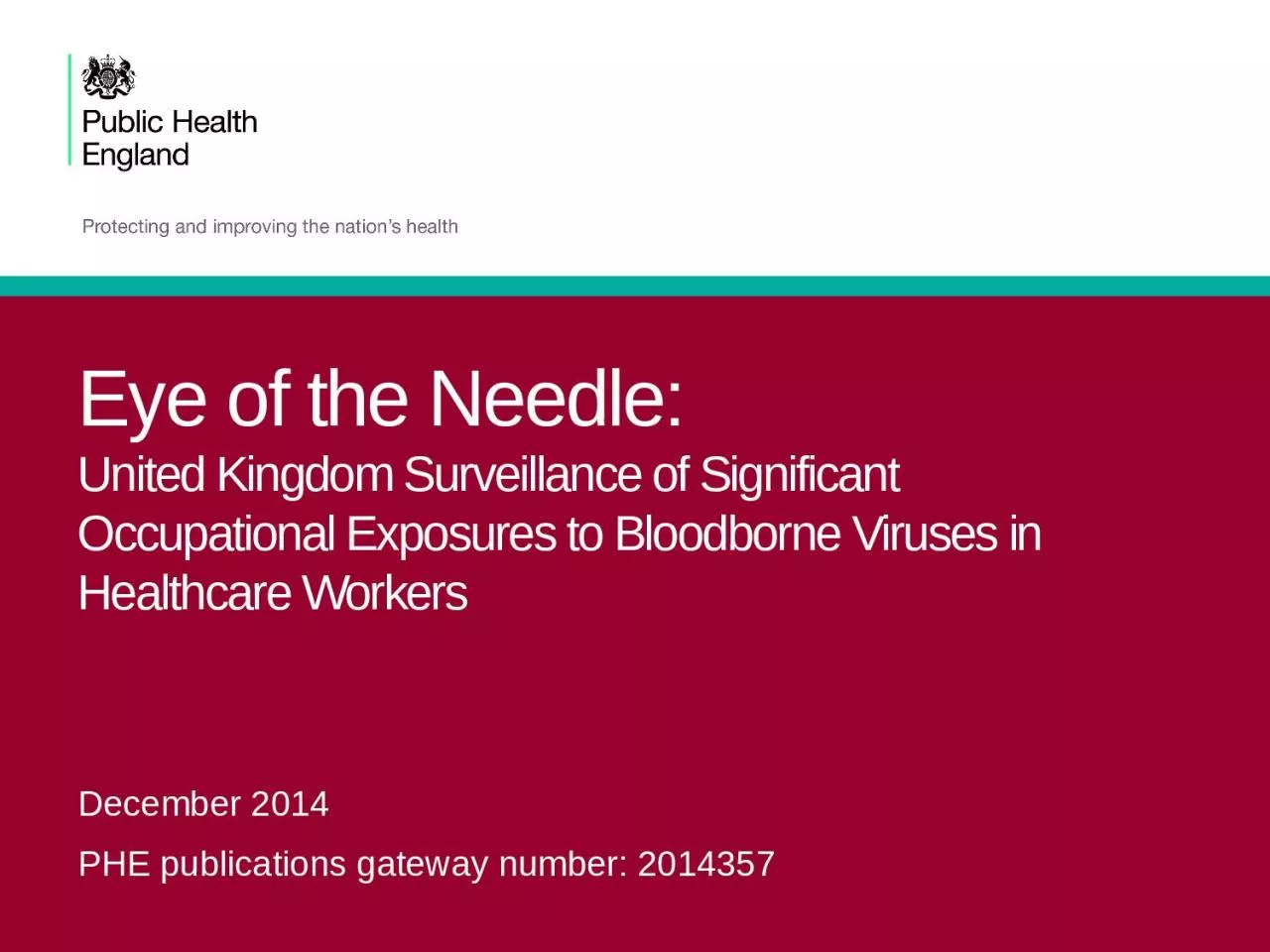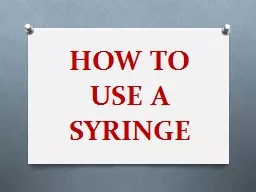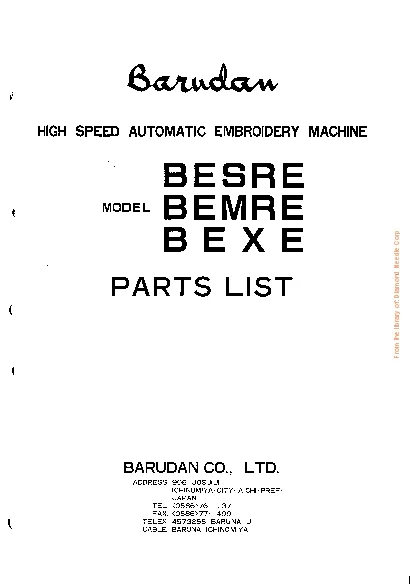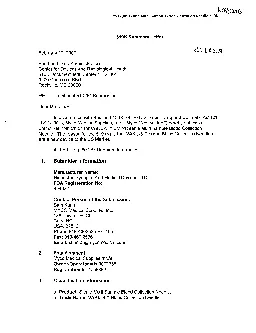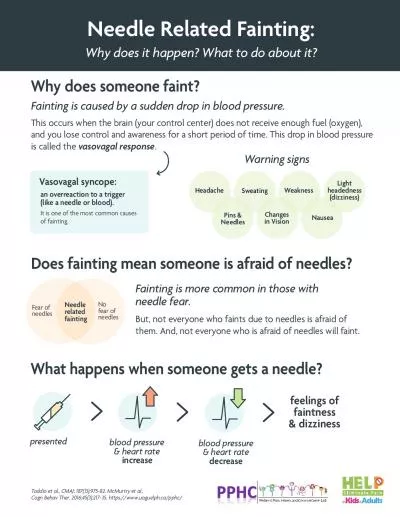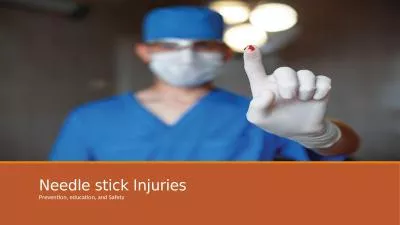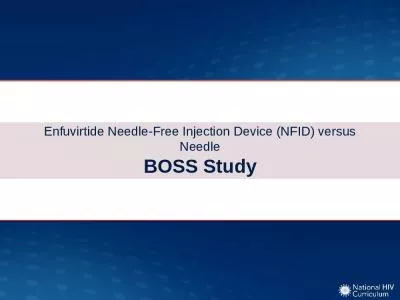PPT-Eye of the Needle: United
Author : QueenBee | Published Date : 2022-08-03
Kingdom Surveillance of Significant Occupational Exposures to Bloodborne Viruses in Healthcare Workers December 2014 PHE publications gateway number 2014357
Presentation Embed Code
Download Presentation
Download Presentation The PPT/PDF document "Eye of the Needle: United" is the property of its rightful owner. Permission is granted to download and print the materials on this website for personal, non-commercial use only, and to display it on your personal computer provided you do not modify the materials and that you retain all copyright notices contained in the materials. By downloading content from our website, you accept the terms of this agreement.
Eye of the Needle: United: Transcript
Download Rules Of Document
"Eye of the Needle: United"The content belongs to its owner. You may download and print it for personal use, without modification, and keep all copyright notices. By downloading, you agree to these terms.
Related Documents

